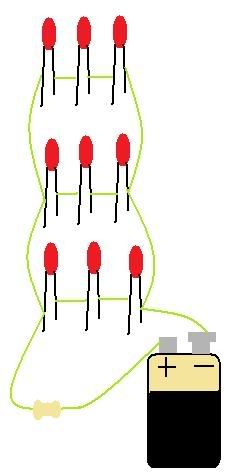Maelstrom
Sr Member
Why can I never get the solder to go where I want? Why does it always stay on the tip of my soldering iron?
Can someone out there point me in the right direction? Some tips? Some online videos?
I'm the kinda guy that can usually figure something out on my own with enough thought, but every once in a while something just digs in and I get frustrated. You should have seen me trying to the feel for the Space Jump on Super Metroid.
If someone shows me how to do something I've learned it for life so any online vids would be awesome!
Thanks peoples:thumbsup
Can someone out there point me in the right direction? Some tips? Some online videos?
I'm the kinda guy that can usually figure something out on my own with enough thought, but every once in a while something just digs in and I get frustrated. You should have seen me trying to the feel for the Space Jump on Super Metroid.
If someone shows me how to do something I've learned it for life so any online vids would be awesome!
Thanks peoples:thumbsup

